Gaining Weight? Insights on How to Get and Stay ‘Leaner for Life’ – Part 1
Category: Cravings

Welcome to the first part of our *Leaner for Life* series! Over the next four weeks, I’ll be sharing some lesser-known insights on how to get and stay lean for life. Today, we’re tackling one of the biggest topics—*your metabolism*. There’s so much misinformation out there, so I want to separate fact from fiction and talk about the things you might not have heard yet.
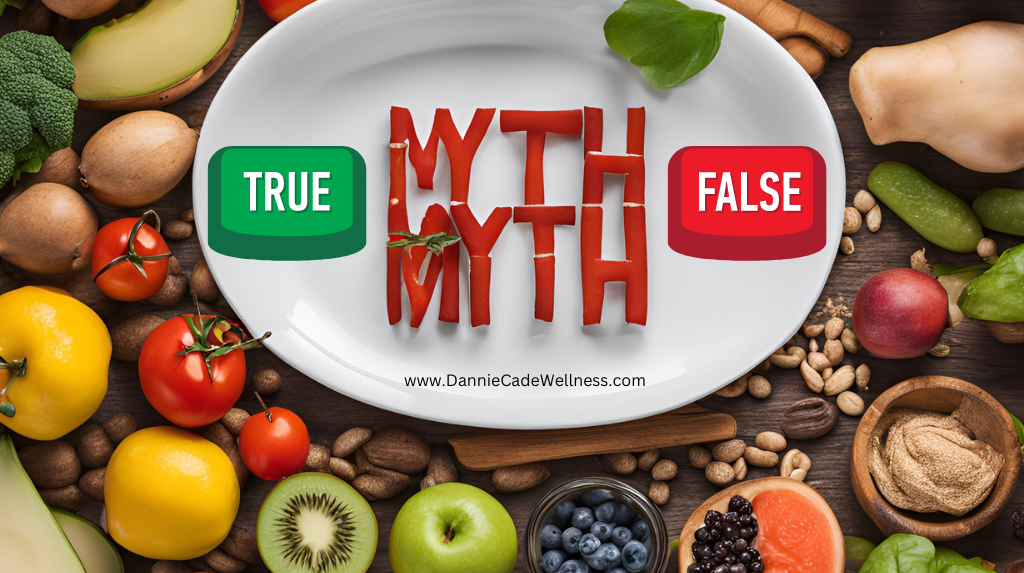
One of the most powerful metabolism boosters is muscle mass. Every pound of muscle burns more calories at rest than fat does. This means the more muscle you have, the more calories you’ll burn throughout the day—even when you’re just sitting around! That’s why adding strength training to your routine is a game-changer for keeping lean.

And you don’t need heavy lifting; a few sessions a week using your own body weight or light weights is enough to make a difference. Ever heard of NEAT? It stands for *Non-Exercise Activity Thermogenesis*. It’s all those small movements you do throughout the day, like fidgeting, walking to the kitchen, or standing up while you work. These tiny activities burn calories and contribute significantly to weight maintenance.

You can incorporate things like parking further away, using stairs, or taking short walks—these little habits add up over time and can make all the difference between weight gain and staying lean. Some things I do? I fold and put away laundry one piece at a time, put dishes away one at a time, and I pace around while I’m on the phone. These may seem minor, but they’re all part of the secret!

Here’s something most people don’t know: *When* you eat your protein can be just as important as *how much* you eat. Try spreading your protein intake throughout the day rather than loading up at one meal. Aim for 20 to 30 grams of protein in each meal, including snacks. In fact, throughout the day, you should aim for a minimum of 60 grams of protein. This not only fuels your muscles but keeps your metabolism active all day long.
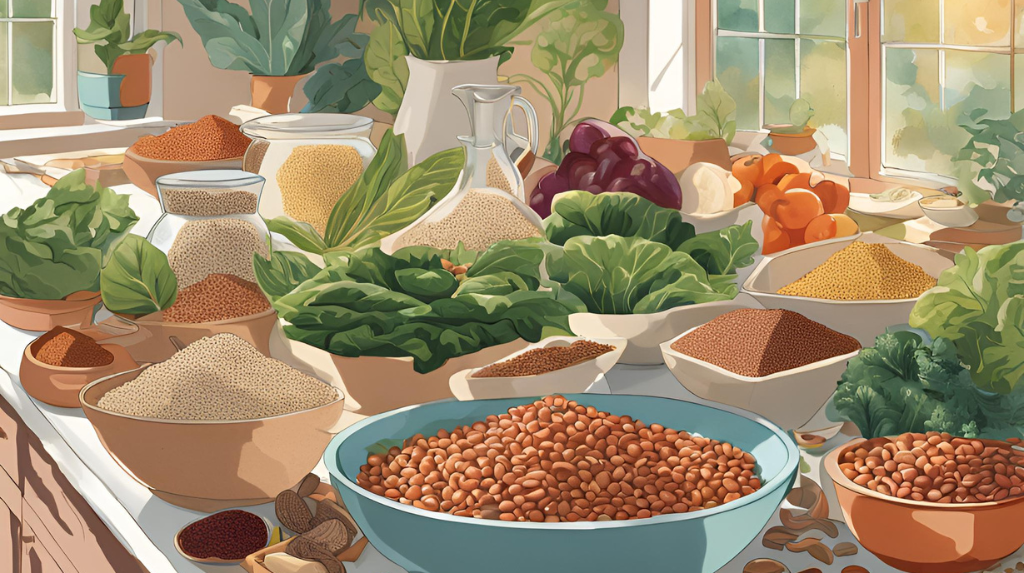
Now, here’s the shocker: for most people, metabolism doesn’t *significantly* slow down until around age 60! A recent study found that from your 20s to your 50s, your metabolism is surprisingly stable. So, what’s really causing weight gain as we age? It’s often more about lifestyle changes—like being less active, having poor sleep habits, or making less healthy food choices—than a natural decline in metabolism. This really flips the common narrative on its head!

Instead of blaming age, we need to focus on maintaining muscle and staying active. Here’s another mind-blowing fact: *cutting calories alone* isn’t the best way to lose weight. In fact, slashing calories too much can actually slow your metabolism as your body goes into survival mode, making weight loss even harder. It’s not just about eating less; it’s about eating *smarter*—fueling your body with nutrient-dense foods and enough protein to support muscle mass.
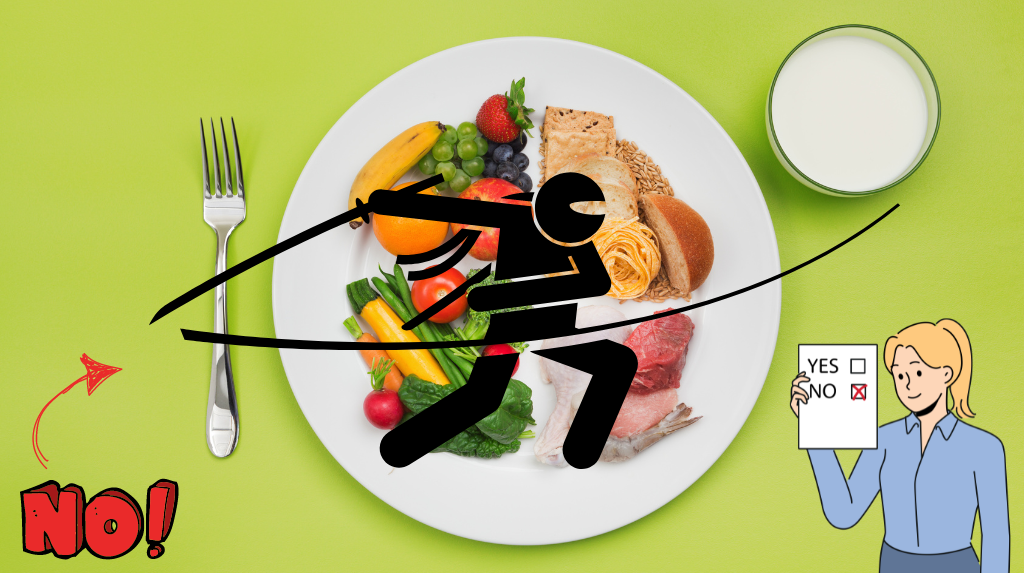
Combine that with strength training and staying active, and you’re really setting your body up to burn fat more effectively. And one last mind-blower: the thermic effect of food (TEF) can actually contribute to your metabolism! This refers to the energy your body expends to digest, absorb, and process the nutrients in your food. High-protein foods, in particular, have a higher thermic effect than carbs or fats, meaning they can help boost your metabolism just by being digested! So, every meal can actually be a metabolism booster when you focus on the right foods.
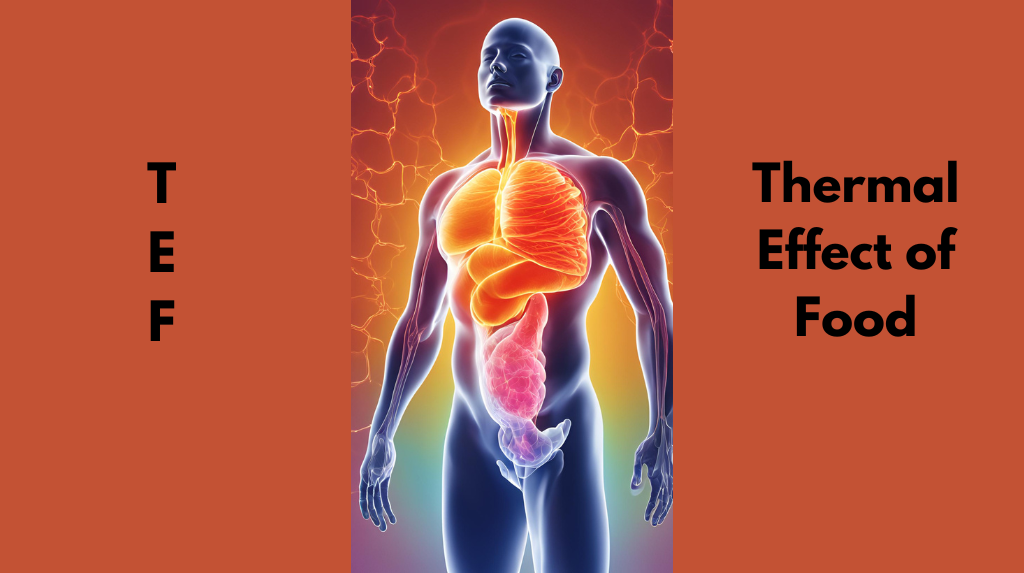
Okay, that’s it for Part 1! We’ve debunked some common metabolism myths today, focusing on muscle, NEAT, protein timing, and the thermic effect of food. Which one of these tips surprised you the most? Let me know in the chat! Next Tuesday, we’ll dive into some surprising foods that can help you stay lean, so don’t miss it! If you enjoy my blog then please be sure to check out my youtube channel: https://www.youtube.com/@DannieCadeWellnessShow
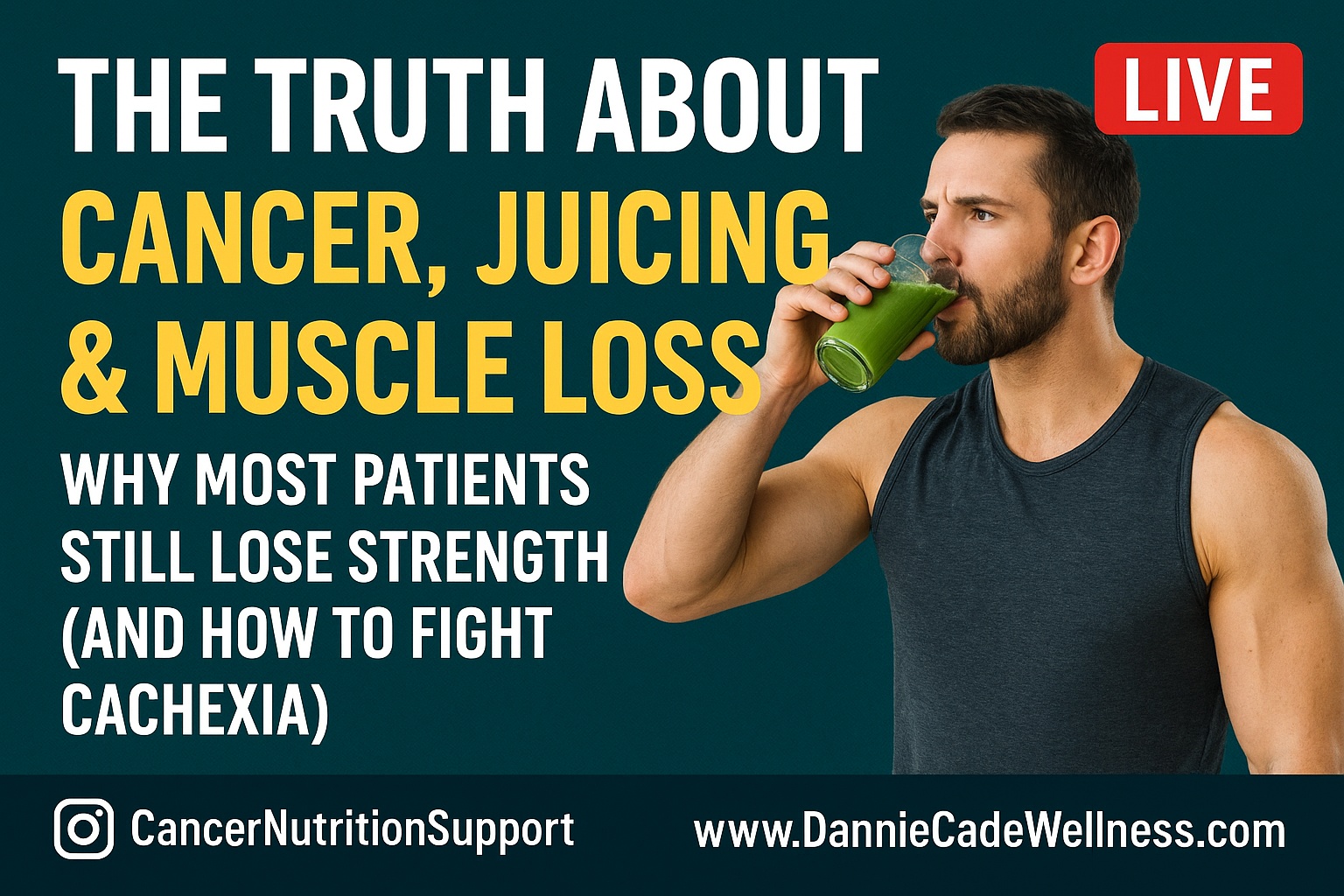
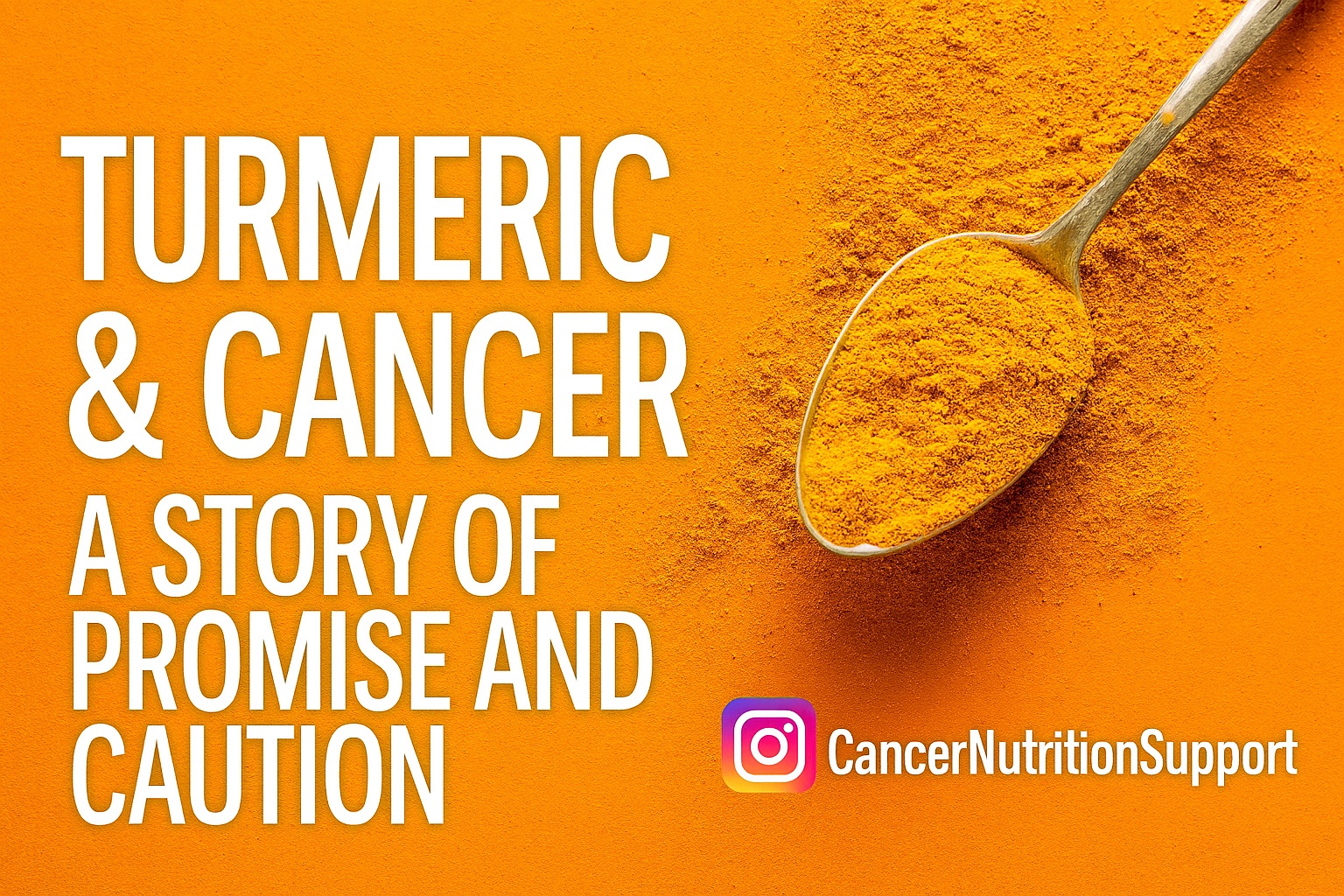

Facebook Comments